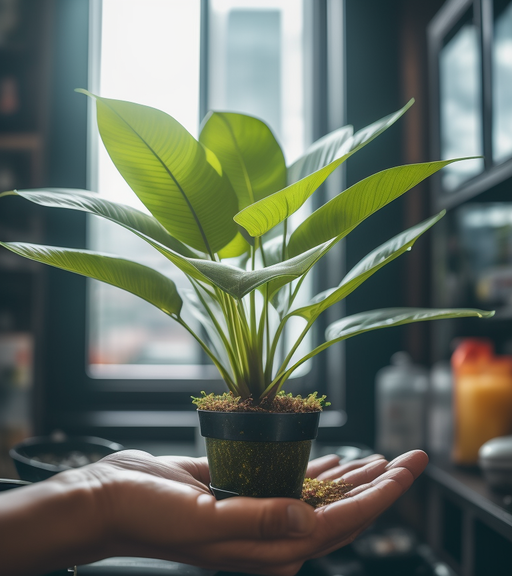The Art of Plant Propagation: Division and Layering

In the world of plant propagation, division and layering are two fascinating techniques that allow you to multiply your plant collection and create new individuals. Let’s explore these methods and discover how to successfully divide and layer different plant types.
What is division?
Division (Multiplying Plants Through Splitting) involves separating a mature plant into two or more sections, each with its own root system, to create new individuals. This method is particularly suitable for plants that naturally form clumps or have multiple stems. Here’s how you can divide plants effectively:
- Timing: Choose the right time to divide your plants. Generally, the ideal time is during the early spring or fall when the plants are actively growing, and the weather is mild.
- Preparing the Plant: Carefully lift the plant from its container or the ground. Gently shake off excess soil to expose the root system. If the plant has a dense clump, you may need to use a sharp knife or garden spade to separate the sections.
- Division Process: Depending on the plant, you can divide it by pulling apart the clumps with your hands, cutting through the root system with a sharp tool, or using a combination of both methods. Ensure that each division has sufficient roots and foliage to support its growth.
- Replanting: Once divided, plant each section in a suitable location, ensuring proper spacing and soil preparation. Water the divisions thoroughly to settle the soil and provide the necessary moisture for establishment.
What is layering?
Layering is a technique where you encourage roots to form on a stem while it is still attached to the parent plant. This method is particularly useful for plants that have flexible stems or low-growing branches. Follow these steps to successfully layer your plants:
- Selecting a Suitable Stem: Choose a healthy, flexible stem that is close to the ground. Alternatively, you can bend a lower branch of the plant towards the soil.
- Wounding the Stem: Create a small wound on the stem by gently scraping the bark or making a shallow cut. This will stimulate the formation of roots at that location.
- Encouraging Rooting: Bury the wounded portion of the stem or the bent branch into the soil, making sure it remains in contact with the soil. You can secure the stem in place using a U-shaped pin or a small rock. You could potentially use a little bit of Rooting Hormone.
- Maintaining Moisture: Keep the layered stem consistently moist by watering regularly. Covering the area with mulch can help retain moisture and create a favorable rooting environment.
- Separation: Once roots have formed on the layered stem, you can carefully detach it from the parent plant by cutting below the rooted section. Transplant the newly rooted individual into its desired location, providing proper care to support its growth.
Division and layering offer exciting opportunities to expand your plant collection and propagate new individuals. With the right techniques and timing, you can successfully divide clumping plants and encourage roots to form on flexible stems. Stay tuned as we continue our exploration of plant propagation methods, providing detailed instructions and valuable tips to help you become a skilled propagator. Happy dividing and layering! Make sure you check our previous post about leaf propagation!
Pingback: The Art of Plant Propagation: Seed Propagation - 4plants2go - Your Guide to Indoor and Outdoor Gardening